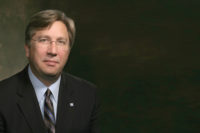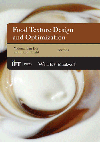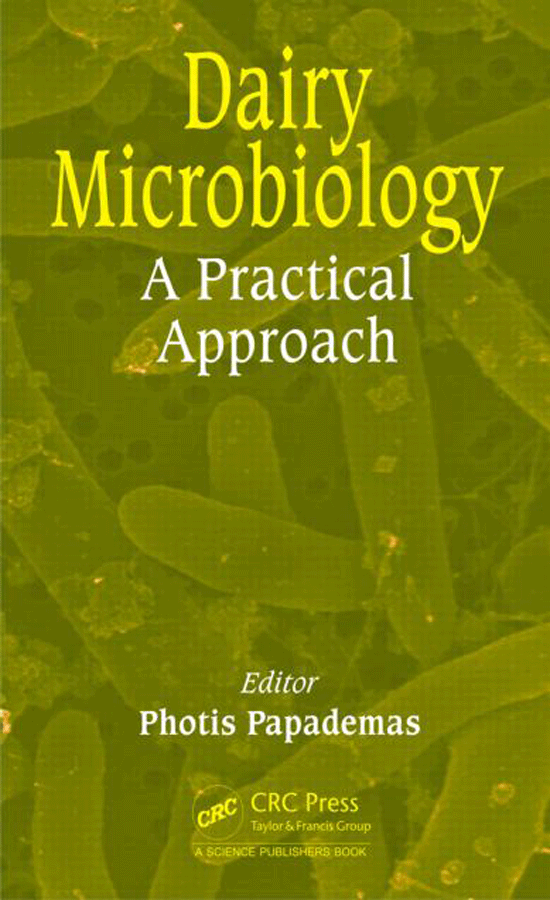When the history of the U.S. dairy industry is written, the highlights of the chapter on globalization circa 1995 to 2015 will include milestones like the cap on European Union export subsidies, the opening of Mexico under NAFTA, the increase in dairy consumption as the middle class has grown in emerging markets, and the China melamine crisis.
Now you can add the birth of the U.S. whole milk powder (WMP) industry to the mix of the most significant, game-changing developments of the last 20 years.
WMP has always been an afterthought in the United States, so you’re forgiven if the basic stats aren’t front of mind. Global production of WMP is roughly 4.6 million tons annually. Last year, more than 2.1 million tons of WMP was traded around the world, worth in excess of $8 billion – a larger market than skim milk powder by far. It’s mostly used for reconstitution in developing markets where fresh dairy is not abundant. New Zealand dominates the category, with 2012 exports of 1.3 million tons. China is the major importer, with purchases of 406,000 tons last year.
For a variety of reasons, mostly related to innovation-stifling government policy, the United States historically has not participated in this huge market, leaving a gaping hole in our product portfolio.
All that is about to change.
Processors add capacity
Already this year, Seattle-based Darigold Inc. and Michigan Milk Producers Association, Novi, Mich., have brought new WMP capacity on line. And in the coming months, Dairy Farmers of America’s new plant in Fallon, Nev., should be ready to fill its first bags. By next spring, the United States will have new capacity to produce more than 10,000 tons of WMP per month.
By adding WMP to our product mix, these new facilities reinforce that U.S. suppliers are becoming more responsive to the needs of the global market. They also give us more flexibility to maximize the value of our exports as conditions warrant.
I’m proud to say that U.S. supplier interest stems in part from assistance they sought from the U.S. Dairy Export Council to examine international opportunities for WMP. About three years ago, USDEC staff and in-country representatives worked with buyers in Asia to cultivate relationships, determine their product needs and to convey the capabilities of the U.S. dairy industry. It turns out that most buyers wanted an alternative supply source. In China, nearly all their imports were coming from New Zealand and that made them nervous. We also worked with U.S. manufacturers to define the opportunities and point them in the right direction.
The Dairy Farmers of America’s Fallon operation is one of the first U.S. plants to be built explicitly to serve the needs of the export market. So to see U.S. suppliers take this market development work to heart, to watch a plant built from the ground-up to make a product that has only limited use domestically but tremendous demand overseas, well it is tough to overstate how significant that is. To anyone who’s been around more than a couple years, it’s a radical shift in mindset within the U.S. dairy industry.
How to be a world-class exporter
I’d argue that it also changes the way the world sees us. We can talk all we want about becoming more “customer oriented” — making what the customer wants instead of trying to sell what we make. But if you want to be a world-class exporter, you simply have to have WMP in your portfolio.
More broadly, WMP can be a real difference-maker in terms of volume and our ability to grow our industry by tapping overseas markets. To be sure, we’ve been expanding our offerings for the last few years, retooling plants and adding capacity to manufacture new-for-us products like Gouda cheese, skim milk powder, 82% milkfat butter and milk protein concentrate. But to make our next 60,000 tons of WMP will absorb 1 billion pounds of milk — virtually all going to export.
Last year the United States exported 13.2% of its milk solids production. If we’re going to get to 15% or even 20% of production, WMP is how we get there. It’s all starting now, and it’s exciting to watch.
Tom Suber is president of the U.S. Dairy Export Council, Arlington, Va.





